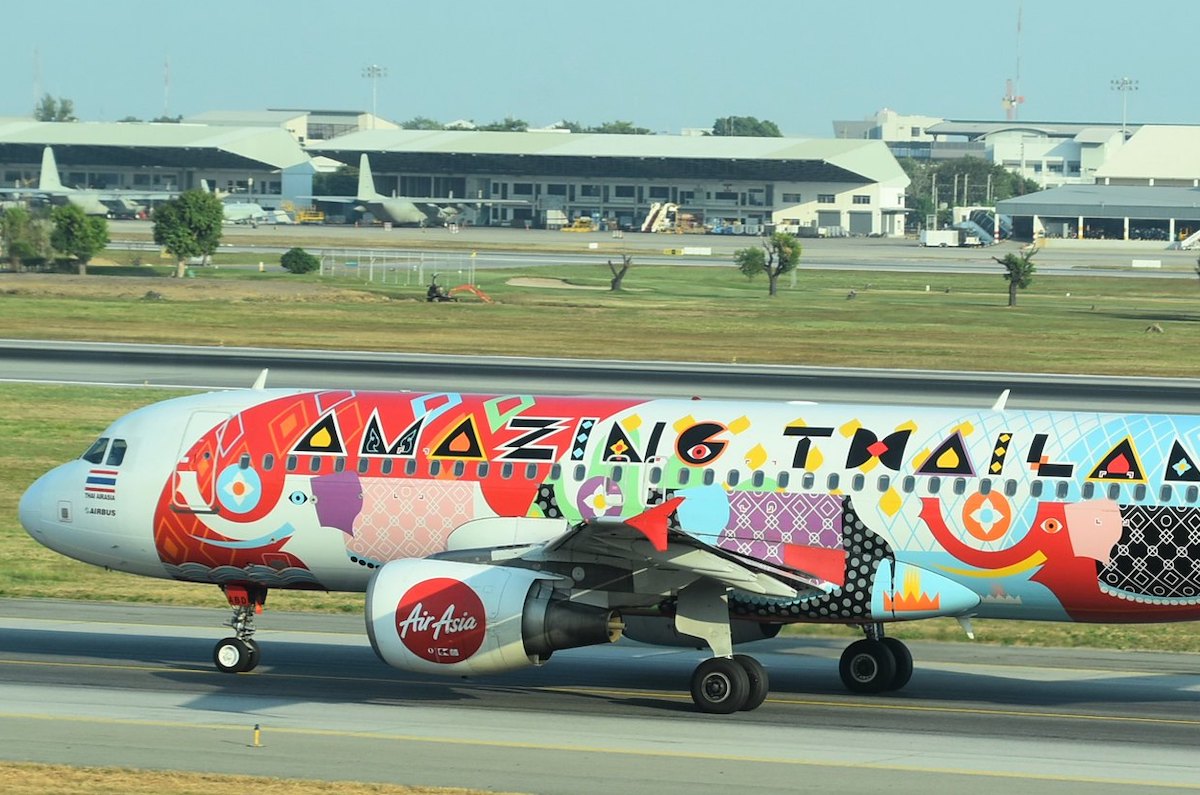Thai AirAsia Expands to Japan in Anticipation of Southeast Asia Tourism Rebound

Photo Credit: Flickr / Alec Wilson
Thai AirAsia is betting that the easing of travel restrictions in Japan and Thailand will translate to strong pent-up demand for flights between the two countries. The airline, along with many others, is adding new routes in the market as the Asian travel recovery picks up.
The airline, which is the Thailand-based affiliate of Malaysia's Capital A, will begin thrice-weekly flights between Bangkok's Don Mueang airport and Fukuoka with Airbus A320 family aircraft on October 12. It will be Thai AirAsia's (not to be confused with Thai AirAsia X) first route to Japan. The addition is one new route amid the rapid return of Japan-Thailand flights later this year, which happen to coincide with the easing of travel restrictions in both countries.
In addition to Thai AirAsia, Thai AirAsia X resumes flights between Bangkok and Sapporo in September, and Osaka Kansai in October; Tokyo Narita flights resumed in July, Diio by Cirium schedule data show. And Thai Airways returns to Fukuoka in October and Sapporo in December. All in, airlines will fly nearly half of their 2019 Thailand-Japan capacity in the fourth quarter, a 30 point increase from the first quarter and the highest to date since the pandemic nearly grounded all flights in 2020.
“Japan is a top leisure favorite destination for Thai travelers, with many intent on visiting the country as soon as it reopens to tourism," Thai AirAsia CEO Santisuk Klongchaiya said. "Acknowledging this opportunity, [Thai] AirAsia decided to introduce Fukuoka as its first destination in Japan."
But it's not just pent-up local travelers flying between Japan and Thailand that are taking advantage of flights as they resume. All Nippon Airways and Japan Airlines have both shifted flights, including to and from Bangkok, to Tokyo's Narita airport to take advantage of strong demand for flight connections between North America and Southeast Asia. Both ANA and JAL cited this transfer demand to markets including Thailand for helping lift their financial results in the June quarter.
The travel recovery between Japan and Southwest Asia augurs the broader return of air traffic in Asia, which has lagged that of much of the rest of the world. International passenger traffic soared 492 percent compared to last year in June with the caveat that that was off a small base, according to the latest IATA data. The organization noted, however, that international passenger traffic is still down roughly 70 percent from 2019.
Thai AirAsia and all of Thailand's airlines desperately need foreign visitors to return. The country's flag carrier, Thai Airways, filed for bankruptcy and restructured during the pandemic, while smaller airlines posted steep losses. In the June quarter, Thai AirAsia led the sector's losses with a negative 93 percent operating margin, which excludes unrealized losses on lease liabilities due to adverse foreign exchange trends.
The number of foreign visitors to Thailand reached just 2.1 million in the first half of the year from a peak of 40 million in all of 2019. Numbers are climbing but, as long as China — Thailand's largest single source of foreign visitors — is all but closed to international travel, they will struggle to recover. The Thai tourism ministry expects numbers to recover to between 18-30 million people next year — almost all of which would be arriving by air.
Thai AirAsia "expects a healthy resumption in tourism activities for the rest of the year," executives said during the airline's June quarter results presentation earlier in August. The carrier expects domestic capacity to near 2019 levels by year-end, while it is looking at new international opportunities — like Fukuoka in Japan, Myanmar, and Nepal to utilize some of the capacity that would otherwise fly to China.
